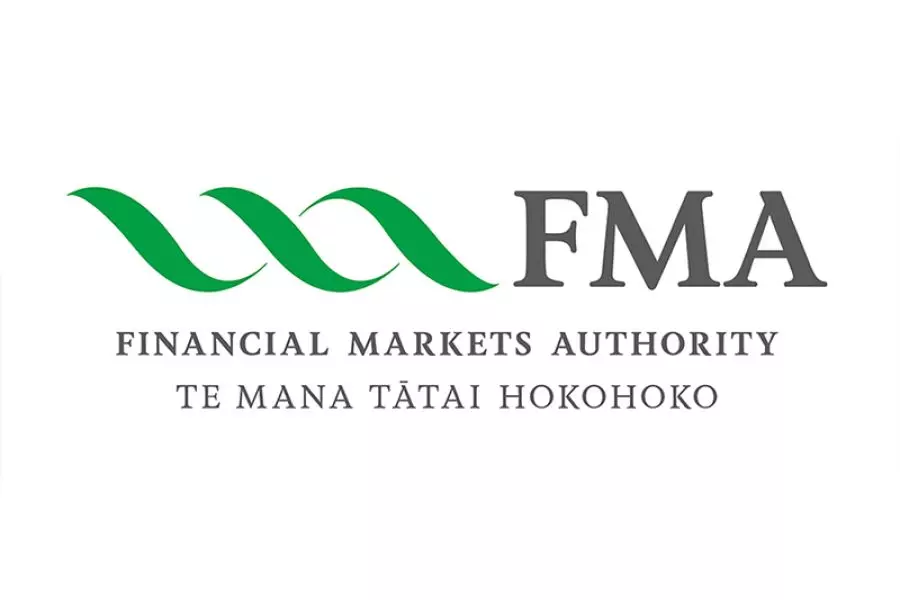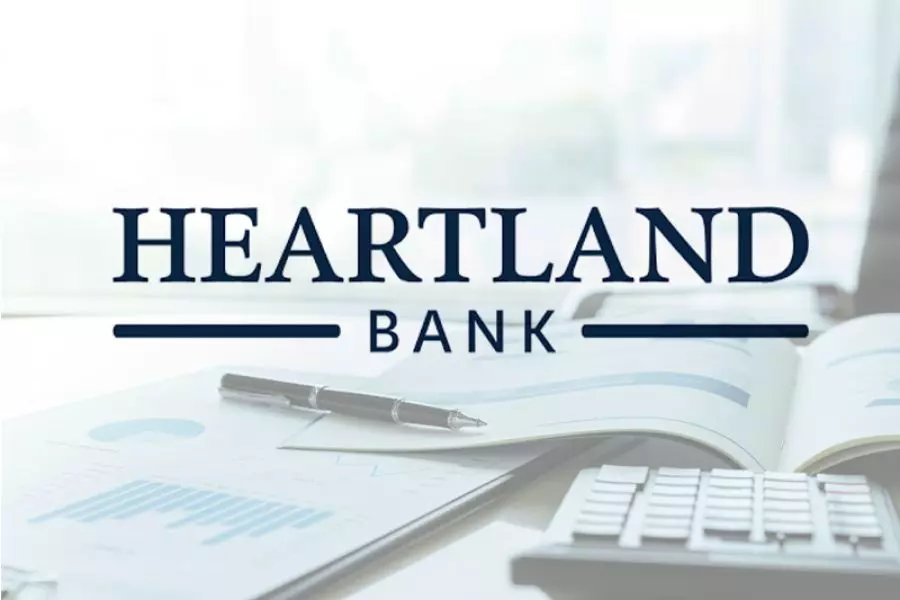News
Property market consolidating: ANZ

Friday 17th of August 2012
The report said that after a strong surge in May sales, the pace seemed to slow over June and July.
“We estimate July sales volumes were unchanged on June levels in seasonally-adjusted terms. Housing turnover remains 14% below historic averages as a proportion of the housing stock.”
It noted that there had been a few small falls in carded mortgage rates over the past...
Want to read the full article?
Click the button below to subscribe and will have unlimited access to full article and all other articles on the site.









![[The Wrap] Bye Bye Bayly](https://goodreturns.publit.io/file/c_fill,w_900,h_600/39f23ac1-f7c7-4854-b700-a150004ebbac.webp)